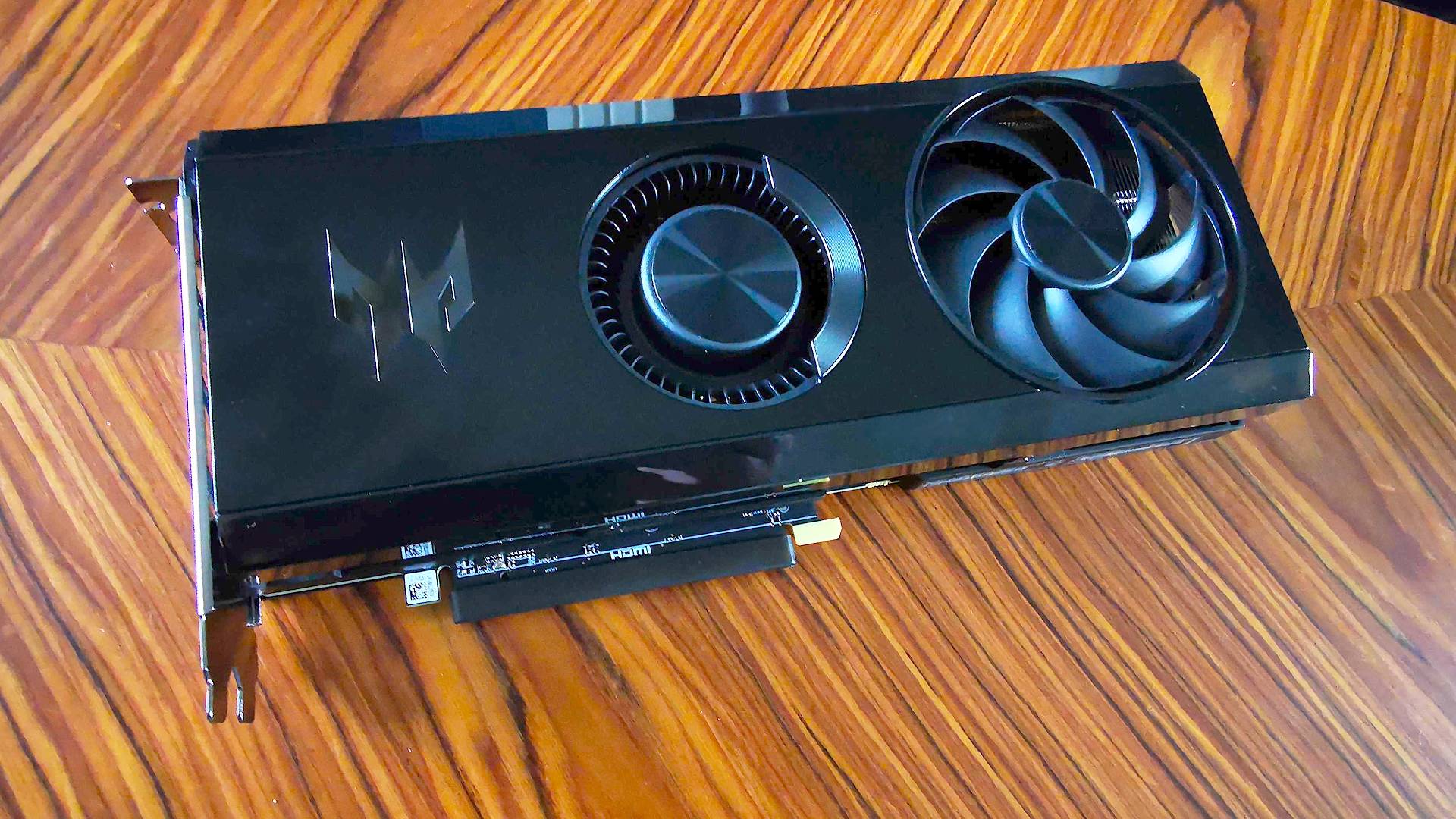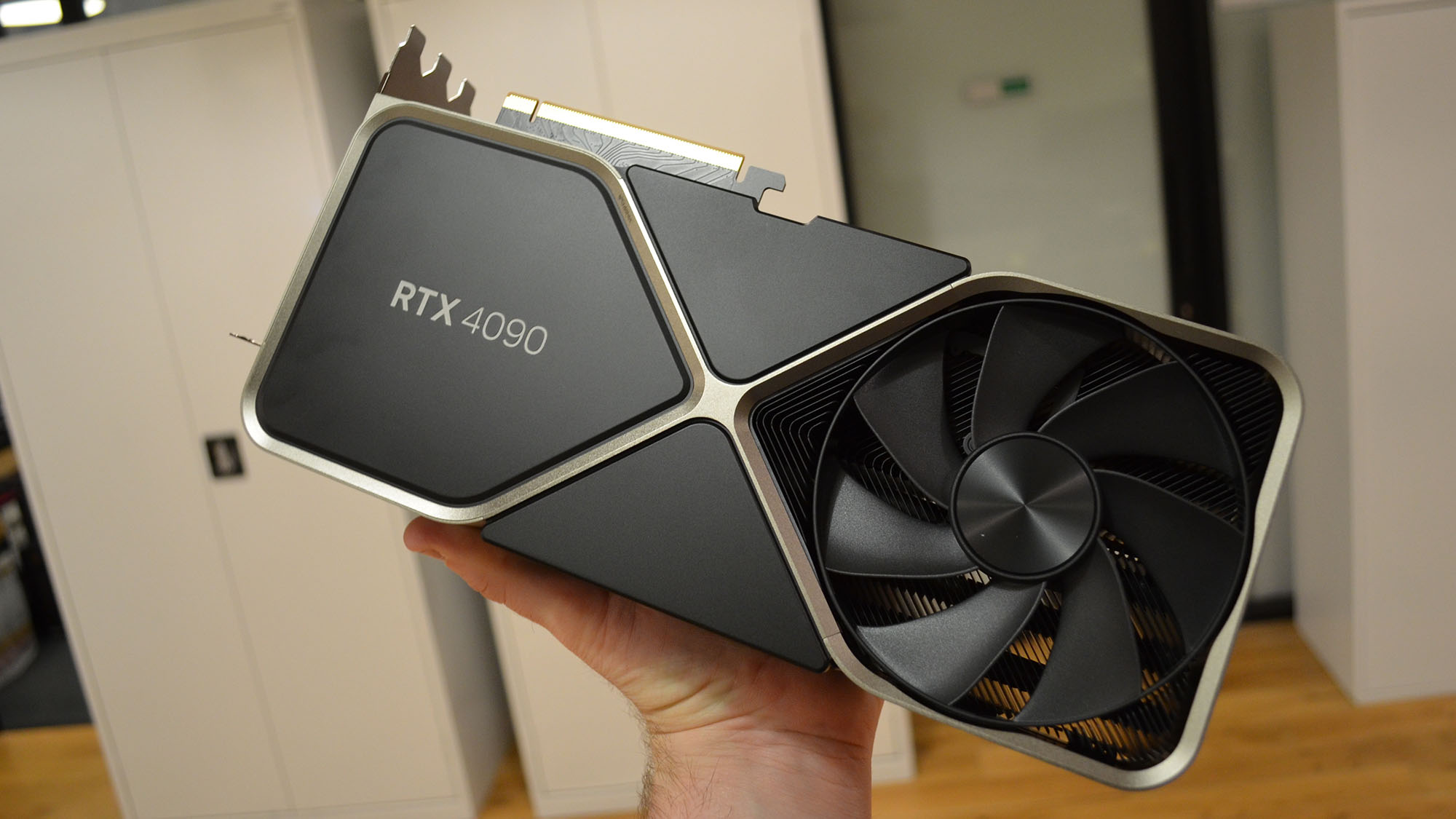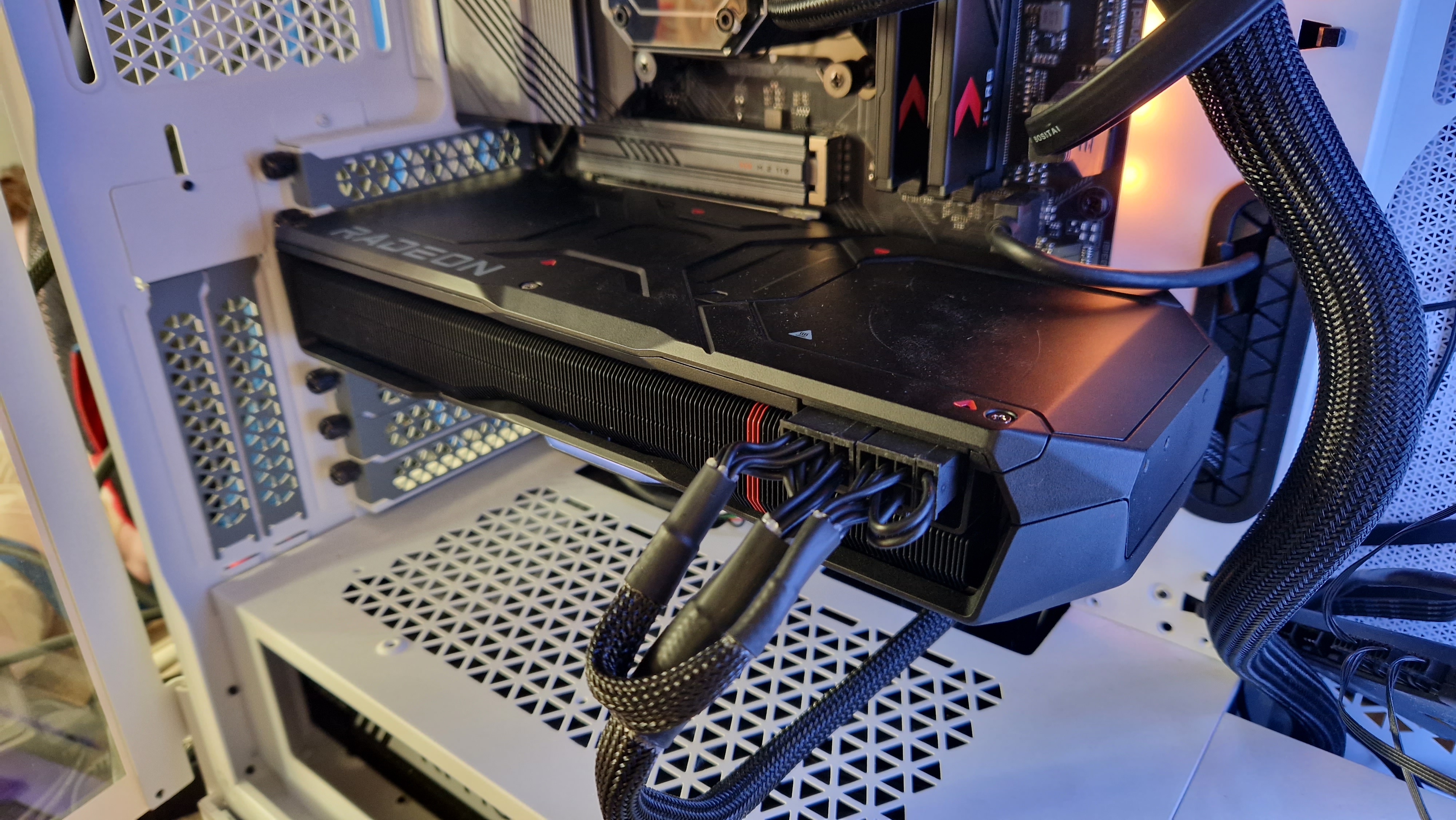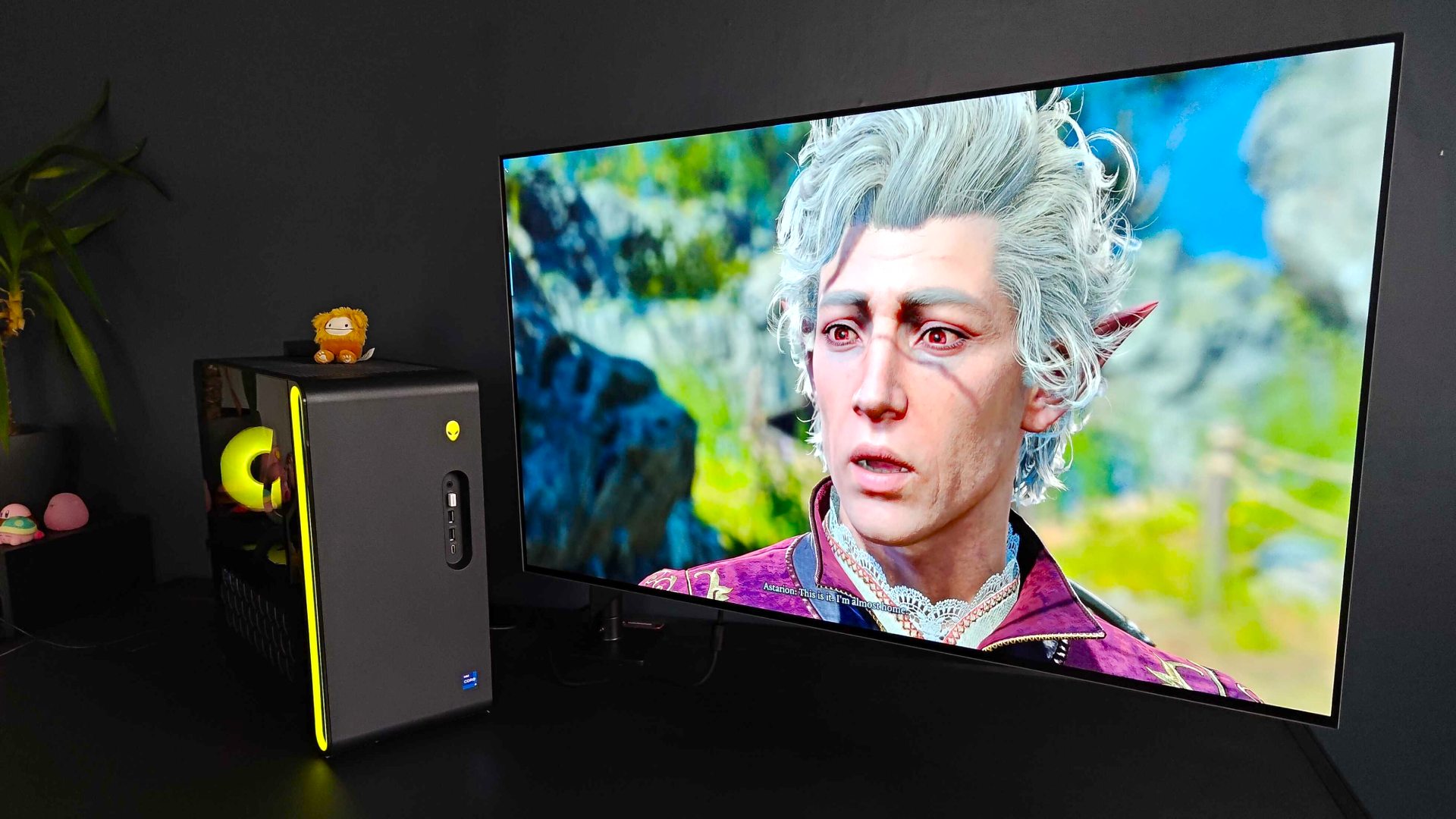
No, you're not silly for wondering how to buy a graphics card on Black Friday. It's not quite as simple as clicking "add to cart", as while that'll successfully result in you purchasing a GPU, it won't necessaily mean picking up the right card for your needs. So, to help you grab an excellent PC upgrade during the sale, I'm here to run through some best shopping practices before the event kicks off.
It's been a rough few years for Black Friday graphics card deals, but things are definitely looking up. Many of the best graphics cards now receive decent discounts rather than reductions that merely bring them down to MSRP, and I'm holding out for some excellent record lows this November. That's largely because next-gen GPUs like the RTX 5090 are likely going to show up in 2025, meaning it's probable that retailers will use price cuts to make room for stock.
Naturally, if you're eyeing up a premium GPU like the Nvidia GeForce RTX 4090, you're going to end up still paying a lot. As great as Black Friday discounts are, there's only so much ordinary offers can do with prices upwards of $1,600. Thankfully, most other options any anything but immune to price drops, and we're already seeing cards available for less than MSRP ahead of November. So, with that context in mind, let's dive into some essential steps.
Choose the graphics card you actually need

Look, we get it, graphics card deals can be incredibly tempting. Yet, it's far too easy to pick a GPU based on its price rather than your own personal needs, and that's a pit you don't want to fall into this Black Friday. Choosing a model before the sale kicks off won't just simply actually looking for offers, but it'll ensure you upgrade your rig with a card that boasts the right capabilities. It's a bit like a Goldilocks and the Three Bears porridge scenario, only you shouldn't try and eat someone's graphics card while they're not home.
Working out what graphics card you need can be as simple or as complicated as you like. For example, if you have an entry-level rig paired with a 1080p gaming monitor, you'll likely want to focus in on newer entry-level GPUs, while 1440p and 4K players should be scaling up specs to suit. Taking note of a target resolution really helps narrow down choices, as there's no point picking up an expensive RTX 4090 if you're not pairing it with an appropriate screen and system.
We'd also recommend taking time to consider what you actually value when playing your favorite games. It's all too easy to be persuaded by enthusiasts on the internet that you want a specific level of performance from a GPU, but higher frame rates aren't universally appreciated by everyone.
Sure, they can enhance your experience, but if you're the type of person that doesn't notice the difference between your PS5 at 60fps and a PC with more oomph, focussing on other capabilities makes more sense. We're not saying you should deliberately pick up a worse card if a better one is available for the same price, but you'd be surprised what an entry-level or mid-range card can actually achieve if you're not hellbent on trying to boost fps to the absolute limit.
Make sure to check price history

As mentioned above, graphics card prices can be tricky, especially when it comes to models released during the turmoil of shortages and inflation. The best way to ensure you're getting a 'real deal' is to ensure each GPUs price is actually below MSRP. Doing so effectively verifies whether you're looking at an actual discount, or manufacturers and resellers simply reducing things to the level they'd be at if scarcity wasn't a thing.
On that note, it's worth hammering home that graphics card shortages aren't a thing in 2023. Therefore, there's no need to pay more to secure a GPU, but many price cuts are still based on those previously inflated prices. That much is obvious from the fact that numerous RTX 3060 listings are more expensive than the new GeForce RTX 4060, with discounts sometimes only evening the playing field.
Typically, we first use tools like Camelcamelcamel to check graphics card prices at Amazon. Not only does this reveal whether a specific card is normally available for a discounted price, but it helps paint a picture in terms of deal patterns. Simply put, if a card drops to its lowest ever price, is below MSRP, and hasn't been available at rival retailers like Best Buy and Newegg for less, it's probably a deal worth jumping on. Otherwise, it's worth waiting to see if alternatives pop up.
Consider desktops and laptops on Black Friday

If you're looking for GPU so you can build a rig from scratch, or you're simply looking to jump on the gaming PC bandwagon, there's a chance you might be better off opting for a pre-build. Upgrading your machine with a new graphics card can be an effective option, but if your system is old, you might end up needing to swap out more parts to get things up and running.
At that stage, it's important to determine whether just buying an entire new PC is more cost effective. In some cases, investing in a gaming laptop might make more sense too, as that way you won't even have to worry about an accompanying monitor and peripherals to get playing.
Below you'll find some of our favorite brands that usually offer up Black Friday gaming PC deals, and there are usually lots of Black Friday gaming laptop deals available too.
Need a screen to go with your new GPU? Check out Black Friday gaming monitor deals for discounted panels. We've also got Black Friday CPU deals if you're revamping your rig,







